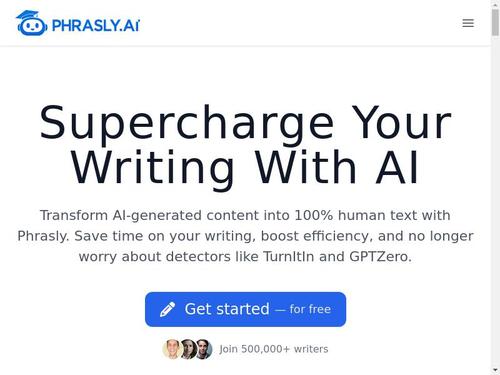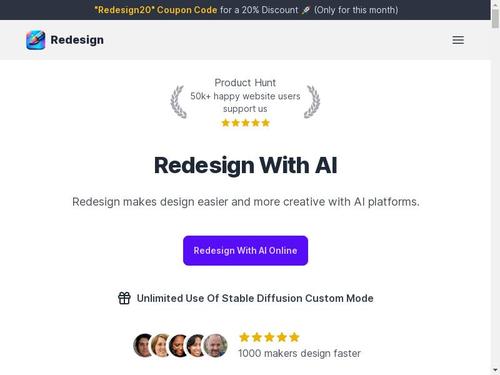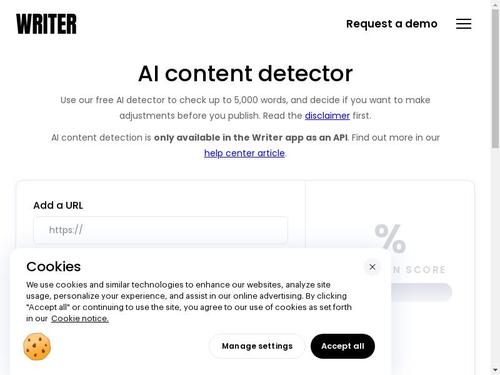- You are here:
- Home »
- AI Tool Reviews
Category Archives for AI Tool Reviews

Octane AI Review
In today’s rapidly evolving digital landscape, businesses are increasingly turning to innovative technologies to stay ahead of the competition and engage more effectively with their customers. One such cutting-edge tool is Octane AI, an AI-driven marketing platform designed to revolutionize how brands connect with their audience. By leveraging artificial intelligence, Octane AI promises to streamline […]
Continue reading
Contlo AI Review
In the rapidly evolving landscape of digital marketing, artificial intelligence is emerging as a game-changer, offering sophisticated tools designed to optimize strategies and enhance customer engagement. One such innovation making waves is Contlo AI, a cutting-edge platform that promises to revolutionize how businesses approach their marketing efforts. By harnessing the power of AI, Contlo AI […]
Continue reading
Phrasly.ai Review
In an era where digital content creation and optimization are paramount, AI-driven tools have become indispensable assets for writers, marketers, and content creators alike. One such tool, Phrasly.ai, has recently entered the spotlight with its promise to streamline the paraphrasing process and enhance textual quality. As the demand for unique, engaging, and SEO-friendly content surges, […]
Continue reading
Redesign With AI Review
In the rapidly evolving landscape of digital design, artificial intelligence is transforming the way creative professionals approach their work. One of the most intriguing innovations in this field is the emergence of AI-powered design tools, which offer a blend of automation and advanced algorithms to streamline the design process. Among these, the Redesign With AI […]
Continue reading
Thumbnail.ai Review
In the ever-evolving landscape of digital content creation, visual appeal is paramount, and thumbnails play a crucial role in capturing audience attention. As platforms become more saturated, creators and marketers are on the lookout for tools that streamline the process of producing eye-catching visuals. Enter Thumbnail.ai, an artificial intelligence-powered thumbnail generator designed to simplify and […]
Continue reading
Blackbox.ai Review
As technology continues to evolve at a breakneck pace, artificial intelligence is increasingly becoming a pivotal force in software development. One of the standout tools in this arena is Blackbox.ai, a cutting-edge AI coding assistant designed to streamline the programming process. By leveraging advanced machine learning algorithms, Blackbox.ai aims to enhance productivity and reduce the […]
Continue readingConceptmap AI Review
In an era where technology is increasingly intertwined with education, the emergence of artificial intelligence tools is transforming the way students and educators approach learning. One such innovation is Conceptmap AI, a cutting-edge educational tool designed to streamline the process of knowledge organization and visualization. By leveraging AI-driven algorithms, Conceptmap AI enables users to create […]
Continue reading
Snapchat My AI Review
In the ever-evolving landscape of artificial intelligence, mobile applications are increasingly incorporating advanced AI features to enhance user experience and engagement. One notable example is Snapchat’s latest innovation, My AI, which promises to revolutionize the way users interact with the app. As Snapchat continues to push the boundaries of social media with its interactive filters […]
Continue reading
Success.ai Review
In today’s fast-paced digital landscape, managing email efficiently is a challenge for professionals and businesses alike. With the sheer volume of messages that flood inboxes daily, staying organized while maintaining prompt and personalized communication can feel overwhelming. Enter Success.ai, a powerful AI-driven email tool designed to streamline your inbox management, automate responses, and enhance productivity. […]
Continue reading
Writers AI Content Detector Review
In the rapidly evolving landscape of digital content creation, the rise of artificial intelligence has both revolutionized and complicated the way we generate and interact with text. As AI-powered tools become increasingly sophisticated, they raise important questions about authenticity, originality, and quality. This has led to a growing need for reliable AI content detectors—tools designed […]
Continue reading